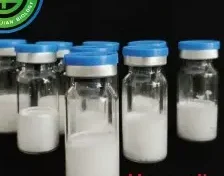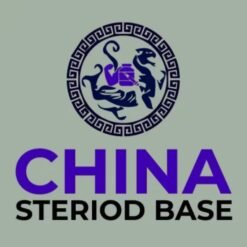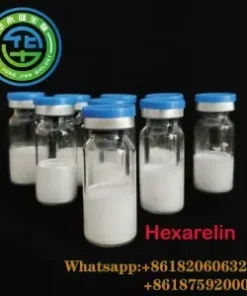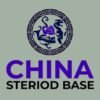99% Purity Peptides Hexarelin / Hex for Bodybuilding Muscle Growth
Appearance: White Powder
Specification Mg/vial
Shipping Method: EMS, HKEMS, FEDEX, DHL, UPS, Aramex, ETC
Product Name: Hexarelin
Storage Temp: Refrigerator
Color: White
MF: C47h58n12o6
Molecular Weight: 887.04022
CAS : 140703-51-1
Highlight: muscle-building supplements, growth hormone peptides
Hexarelin Product details
Sequence: His-D-2-methyl-Trp-Ala-Trp-D-Phe-Lys-NH2
Molecular formula: C47H58N12O6
MW: 887.04022
CAS number: 140703-51-1
PubChem: CID 5464109
Synonyms: Hexarelin Acetate, HEX, Examorelin
HS Code: 2937190090
Appearance: White Powder
Purity: 98%
Grade: Pharmaceutical Grade
Storage: Closed, below 2 ~ 8℃ preservation
Hexarelin Description
Hexarelin is a synthetic peptide composed of 6 amino acids, making it a “hexapeptide” with a structure that has been considered to promote the release of Growth Hormone. Research has shown that the effects of GH include increased bone mineral density, increased mitosis and meiosis which leads to more muscle mass, triglyceride hydrolysis, which causes prominent fat loss, connective tissue strengthening, and improved skin elasticity. Because Hexarelin’s amino acid sequence may help in promoting the body to produce more Growth Hormone, it will not shut down the body’s own production. This is a very important factor and makes Hexarelin an attractive chain when compared to Growth Hormone alone.
Hexarelin (HEX) is a peptide GH secretagogue, structurally similar to GHRP-6, in the growth factor family, which stimulates the release of growth hormone (GH). It can be used medically to treat GH deficiency. Hexarelin is a good all purpose anabolic. Also, since we know that IGF and GH use produces a shutdown of your endogenous levels of those hormones, Hexarelin also seems very useful for “GH-PCT” or “IGF-PCT”, as it can help restore your natural levels of those hormones after a cycle of them.
Hexarelin is a six-amino acid peptide. Studies have shown that hexarelin is actually more effective and longer lasting than releasing hormone (GHRH). It is also known that GHRP-6 has a synergistic effect with GHRH, causing a far greater release than either of these substances alone. By combining GHRP-6 with Hexarelin, a more potent GH-releasing peptide combination is created than ever heard of. The potential clinical usefulness of these GH-releasing hexapeptides is also reinforced by observations that long-term administration produces elevations in circulating IGF-1 concentrations. Long-term treatment with GHRP-6 has similarly been shown to elevate serum IGF-1 as well as IGF-binding protein-3 concentrations and promote linear growth.
Hexarelin Application
Ghrelin is an appetite-regulating factor secreted from peripheral organs that is involved in the regulation of energy homoeostasis via binding to the receptor resulting in the secretion of by the pituitary gland. The pathway activated by binding of ghrelin to the secretagogue receptor, GHSR1a, regulates the activation of the downstream mitogen-activated protein kinase, Akt, nitric oxide synthase, and AMPK cascades in different cellular systems. One of the important features of GHSR1a displays constitutive activity possessing basal activity in the absence of an agonist, resulting in a high degree of receptor internalization as well as of signaling activity. Inverse agonists for the ghrelin receptor could be particularly interesting for the treatment of obesity. This activity seems to provide a tonic signal required for the development of normal height, probably through an effect on the GH axis.






Reviews
There are no reviews yet.